![]() — Home — Business News
— Home — Business News
Weekly Business News from Myanmar
-
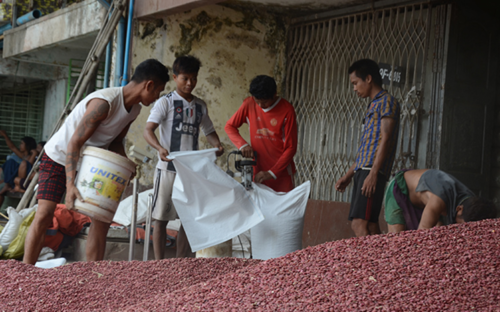
Myanmar’s pulses exports exceeded 1.5 million tonnes in the ten months in the end of 2019 – 2020 financial year
Myanmar exported over 1.5 million tonnes of multiple pulses and beans from 1 October to July-end in the financial year 2019-2020, earning over $1.1 billion, according to the data of the Ministry of Commerce. During a-year ago period, about $940 million worth pulses and beans were exported. The export volume this year is relatively higher than that in the corresponding period of last year. India is the leading buyer of Myanmar beans, especially black beans, green grams and pigeon peas. Besides India, Myanmar’s beans are purchased by Bangladesh, Pakistan, Nepal, Dubai, Malaysia, Indonesia, China (Taipei), Japan, and European countries. But, the volume of demand by those countries is small, according to the domestic beans market. India has been delaying to buy the beans amid the COVID-19 crisis, regardless of requirement in its supply, the traders said. -
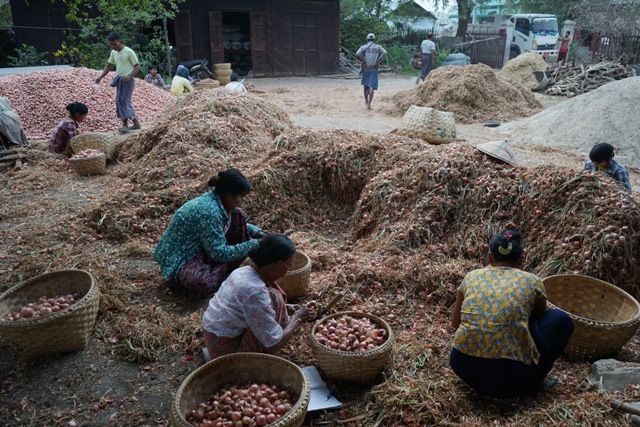
The onion stock still abundant in local market despite Bangladesh purchased onion in bulk from Myanmar
Although Bangladesh purchased onion in bulk from Myanmar, there remains abundant stock of onion in the local market, according to Bayintnaung Onion Wholesale Depot. A few days ago, the onion price was on the rise in the local market because Bangladesh was buying Myanmar onion. “There still remains abundant stock of onion in the local market despite high Bangladesh demand for the onion. As the Ruili border with China is locked down, border trade has halted, and trucks which transported goods have been forced to turn back, resulting in many stock of onion remaining in the market,” said an onion trader. -
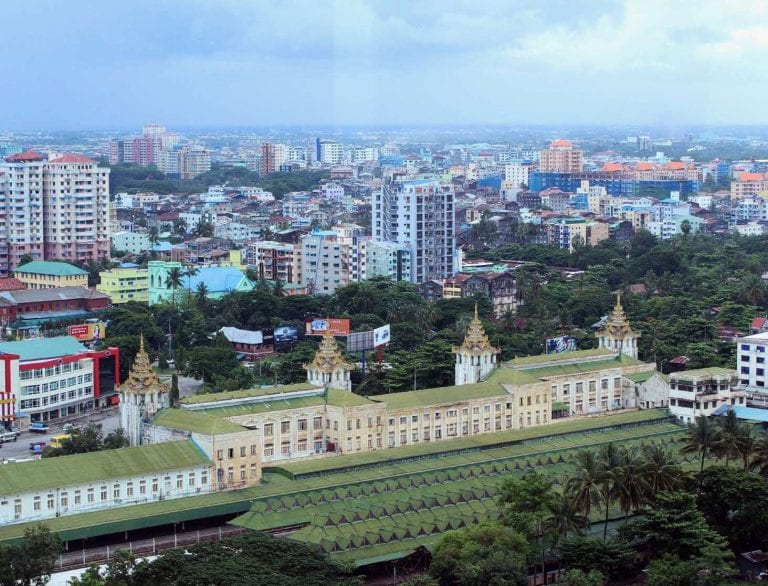
The Real Estate market is inactive due to the COVID – 19 cases is increasing in Myanmar
Yangon Real Estate Market is inactive due to the COVID-19 with some owners offering their property at a lower price. “As the COVID-19 cases are increasing, people who have purchased the properties are now offering theirs at a lower price. However, there are only offers and very few transactions,” a realtor in Shwe Pyi Thar Township said. Before the second wave of the pandemic in Myanmar, there were transactions, buying, or leasing. However, the market started seeing reduced demand starting from early August. “Now, quarters are under lockdown and it is very difficult to move to a new place. And quarter administers do not let strangers enter their community. Thus, the rental market almost stops,” a female real estate agent from Thingangyun Township said. -

Myanmar Investment Commission (MIC) approved seven more businesses to invest in manufacturing, housing estate, hotels and tourism and service sectors which will create 4,915 local job opportunities
Myanmar Investment Commission (MIC) has approved seven more businesses to invest over US$347 million and over Ks23.4 billion in manufacturing, housing estate, hotel and tourism and service sectors. The meeting (13/2020) of MIC took place through a video conferencing on September 29, according to the Ministry of Investment and Foreign Economic Relations. The meeting also allowed four existing businesses to extend their investments. With the new investments of US$347.85 million and Ks24,311.255 million, 4,915 local jobs will be created. -
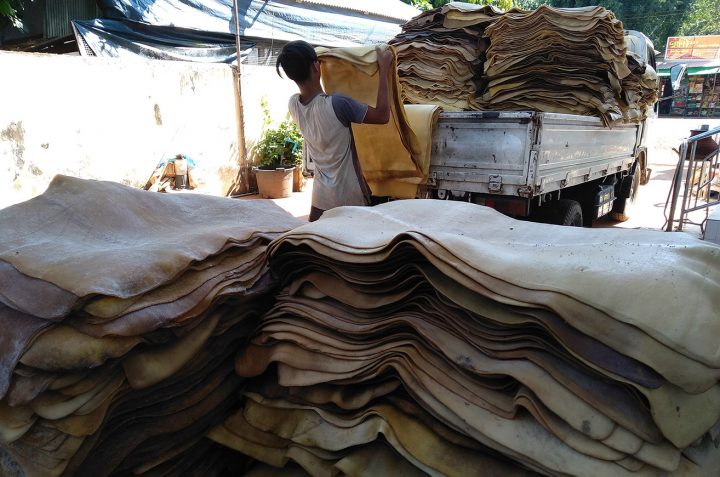
The export volume of Myanmar rubbers slightly decreased over USD $ 10 millio in this current 2019 – 2020 fiscal year when compared to the same period of previous year
Myanmar has exported over 196,000 tonnes of rubber worth over US$230 million as of July-end in the current financial year since 1 October 2019, which shows a decrease of over $10 million compared with the corresponding period of the previous FY, the Ministry of Commerce’s data showed. During a year-ago period, over $240 million worth 190,000 tonnes were shipped to the external markets. The COVID-19 pandemic caused rubber price to drastically plunge to K350-500 per pound in early May, incurring financial hardships to the growers. The sharp drop in rubber price this year hurt the growers. Some cannot even afford to cover the cost of land preparation during the monsoon season. -
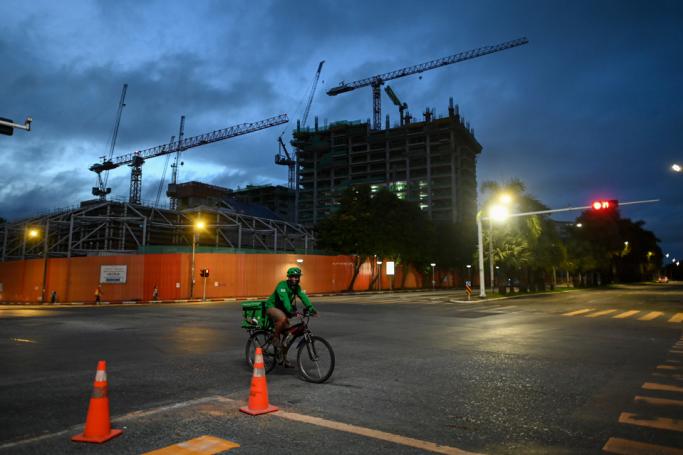
The Post-COVID-19 economic recovery needs to anchor in transformative Sustainable Development Goals (SDGs)
The COVID-19 pandemic is a significant setback for the world’s ambition to achieve the Sustainable Development Goals (SDG), in particular for poor countries and population groups. United Nations Secretary-General Antonio Guterres has rightly called this crisis the worst since World War II. The economic ramifications could rival those of the Great Depression in the early 1930s. At the same time, a recent report “Sustainable Development Report 2020” (SDR 2020) by Sustainable Development Solutions Network (SDSN), a UN inspired initiative, led by Jeffery Sachs that tracks the SDGs Progress Index, points out that it could provide a turn-around if the recovery is anchored in the core transformative goals of the SDGs. -
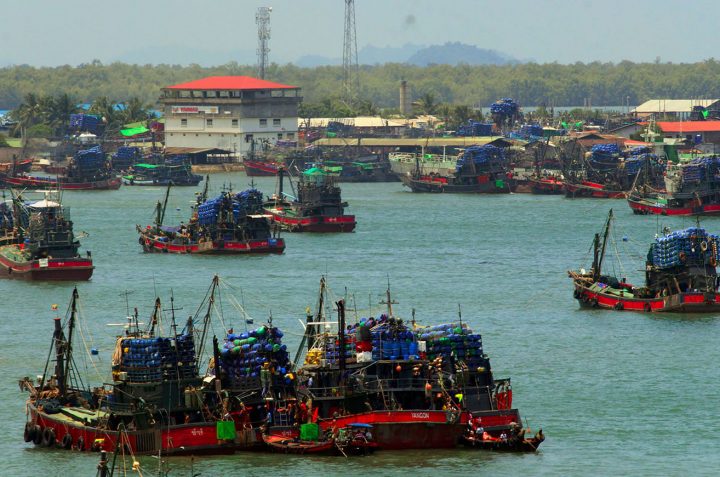
Tanintharyi offshore fishing vessels are relying only on Ranong market
As all the fishing vessels off the Taninthayi coast depend solely on Ranong market, the businesses may come to a halt from the declining price and weakening demand and marine workers may experience hardships, according to Myanmar Fisheries Federation (MFF). “The whole fishing business will grind to a halt if the Ranong market is closed. Consequently, it will threaten the livings of marine workers. At present, over 30,000 marine labourers are working in the fishing vessels, and about 100,000 families depend on that business. We are hoping to keep Ranong market open”, said U Thet Soe, secretary of MFF (Taninthayi Region). Majority of the fish caught are currently being sold at Ranong fish market, and low-value fish are sent to fish powder processing factories in Myeik. The fish are still demanded at Ranong market, for now, fish entrepreneurs said. -
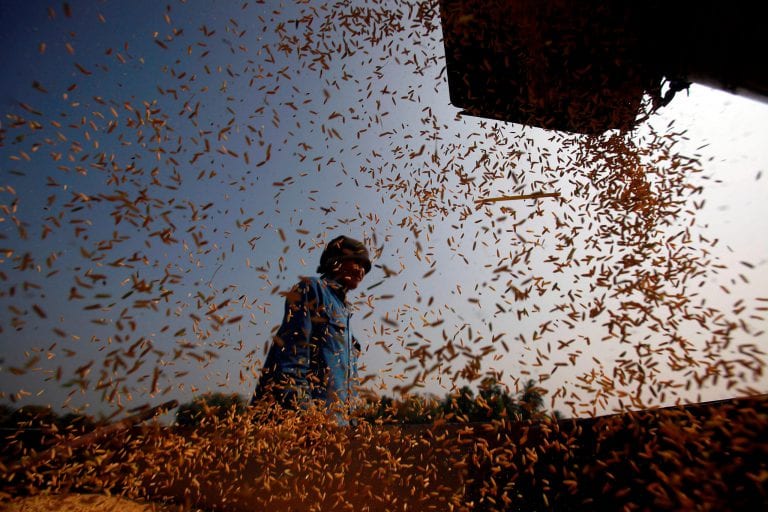
Myanmar agricultural exports increased by USD $ 500 million in the current 2019 – 2020 fiscal year when compared to the same period of previous year
Agricultural product exports of Myanmar this year has increased by $500 million compared to the same period last year, according to the Ministry of Investments and Foreign Economic Relations. The Ministry said, “Agricultural product exports are in the satisfactory condition generating more than $3.31 billion in the first ten months of the 2019-2020 fiscal year, representing a $500 million increase compared to the same period of 2019-2020 fiscal year.” Agricultural products represent 22 percent of the total export and major agricultural exports are wholegrain rice, broken rice, bean, corn, fruits and vegetable, sesame, tea, and sugar. -
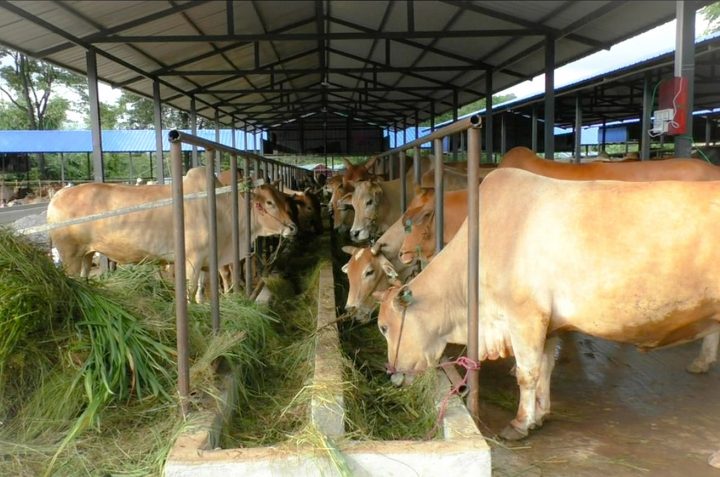
More than 10,000 cattle have been stranded in Muse as Chinese authorities tightens border security amid COVID – 19
With China stepping up border control as precautionary measures for the COVID-19, trade has ground to a halt, and over 10,000 cattle have been stranded in Muse town. The domestic companies are sending cattle in line with Standard Operating Procedure to China through the Muse border. “Before the COVID-19, cattle were highly demanded. During the early outbreak of coronavirus, about ten traders from China entered Myanmar to purchase over 1,000 heads of cattle per day. The resurgences of COVID-19 in Myanmar prompted China to tighten its border areas with Myanmar. Consequently, it was one month that cattle trading was halted. We are not sure when the cattle trading will go back to normal,” Ko Kyi Khin, a cattle trader, explained the reasons for trade suspension. While cattle exports are legal in Myanmar, livestock trade is still not permitted by China. Therefore, Myanmar traders cannot directly send the cattle to China market, so they have to wait for China traders. -
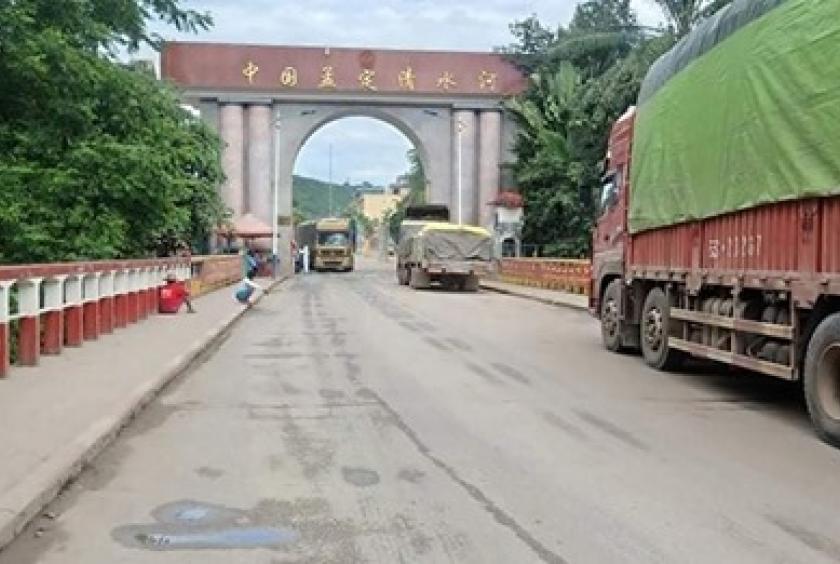
The border trading delayed due to the opposition by the locals triggering in Chinshwehaw
Cargo trucks carrying goods to China through Chinshwehaw in Laukkaing Township, Kokang Self-Administered Zone, northern Shan State, have to use their route on a limited basis due to the opposition by the locals triggering trade delays. Due to the Covid-19 outbreak, the region denied traffic access from September 18 to 22 in accord with the prevention guidelines. Cargo trucks have been allowed access again since September 24. However, the people from three town areas opposed the entry of those trucks on the same day causing some delays in trade flow.
Business News
Copyright © 2014 Business Information Center All Rights Reserved.







